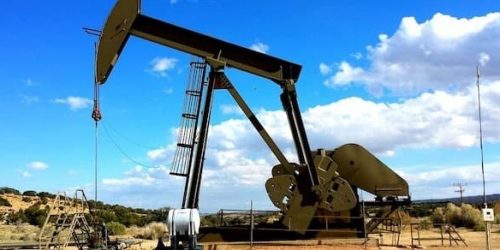Only 36 percent of Russia’s recoverable crude oil reserves can turn a profit in the current market, Deputy Energy Minister Pavel Sorokin said in an article for Energy Policy magazine.
Russia’s recoverable oil reserves stand at some 30 billion tons or 219.9 billion barrels. This means that the profitable portion comes in at about 79.16 billion barrels.
This is still quite a bit of oil that can be profitable under current market conditions. However, Sorokin lists a number of technical, rather than purely economic, problems with the development of these reserves.
“According to data of fields’ development economics inventory completed on the instruction of the Russian government, just 36% out of 30 bln tonnes of recoverable reserves of Russian oil are profitable in the current macroeconomic environment,” the official wrote, as quoted by TASS.
This is related to a worsening of development opportunities, with “growing water cuts, the need to build costly wells of complex designs, low permeability and compartmentalization of reservoirs, the move to marginal areas, and beds with low thickness, and so on.”
Sorokin concludes, “The result is the actual profitability of drilling may considerably differ from plans for certain assets and reserves will not be confirmed.”
Russia is currently pumping some 10.19 million barrels of crude and condensates daily as it ramps up output following its latest agreement with its OPEC+ partners. However, its energy companies are eager to continue growing production, with Rosneft especially vocal in its opposition to the OPEC deal that made the world’s second-largest producer cut a sizeable chunk of its output to stabilize prices.
One of the biggest new oil development projects, led by Rosneft, is the Vostok field in eastern Siberia, which Reuters earlier this month compared to the development of the Bakken shale play in North Dakota. According to Rosneft, Vostok has reserves of 44 billion barrels of recoverable reserves.





